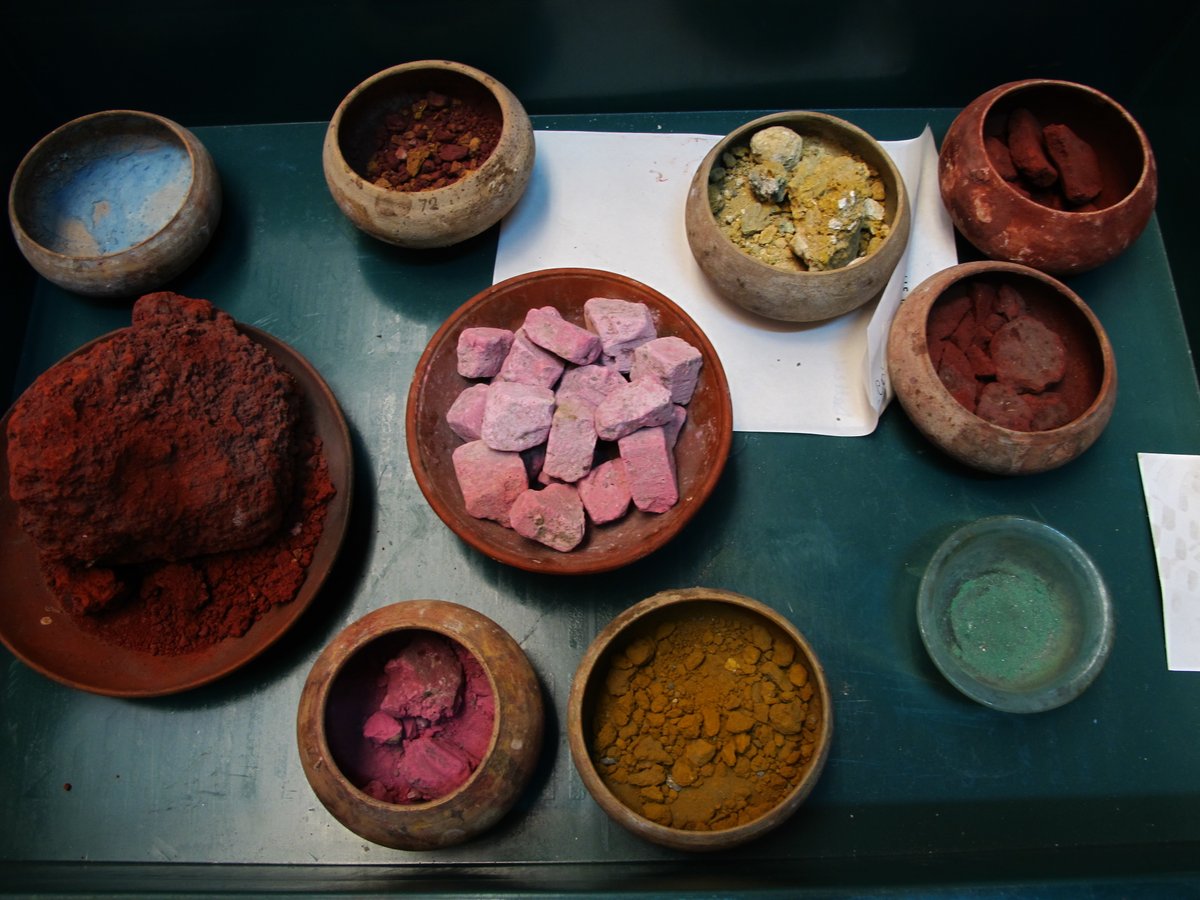
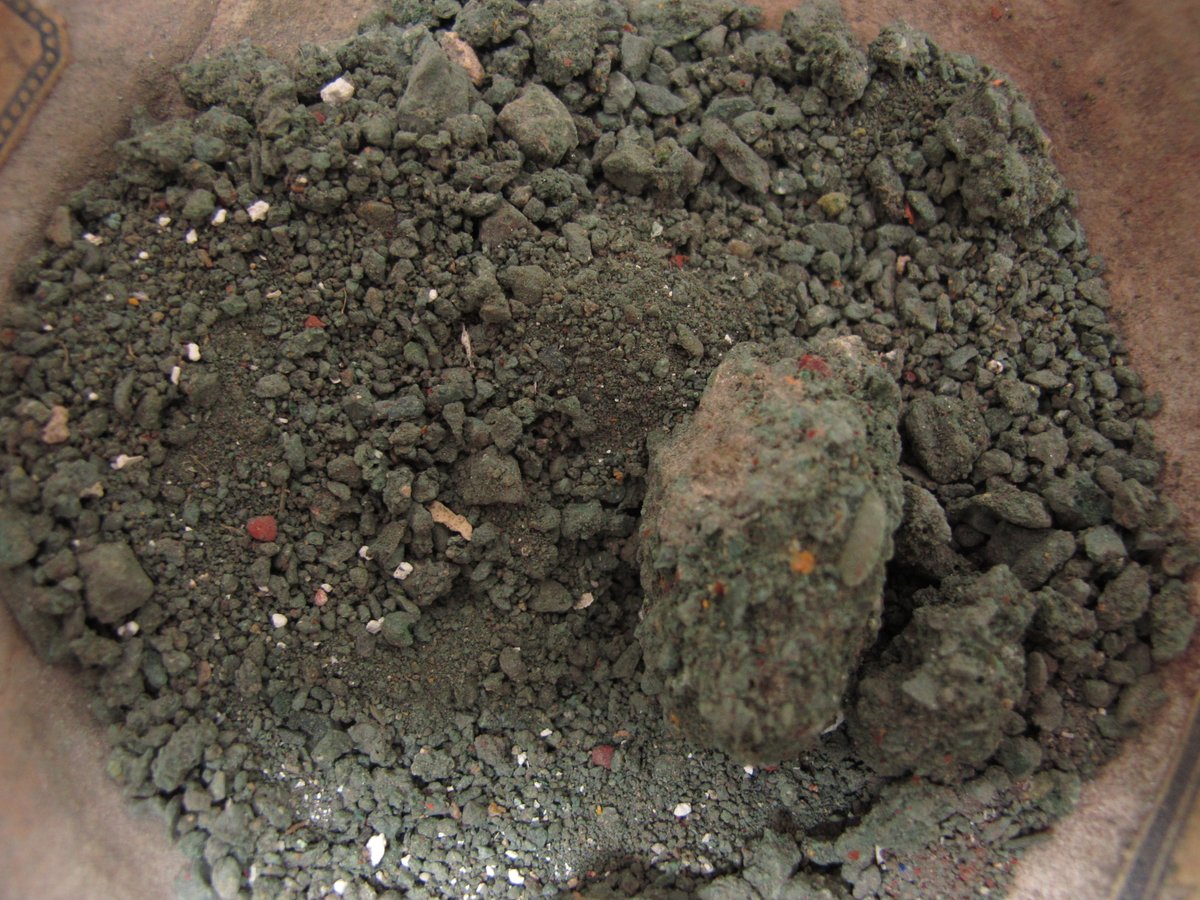
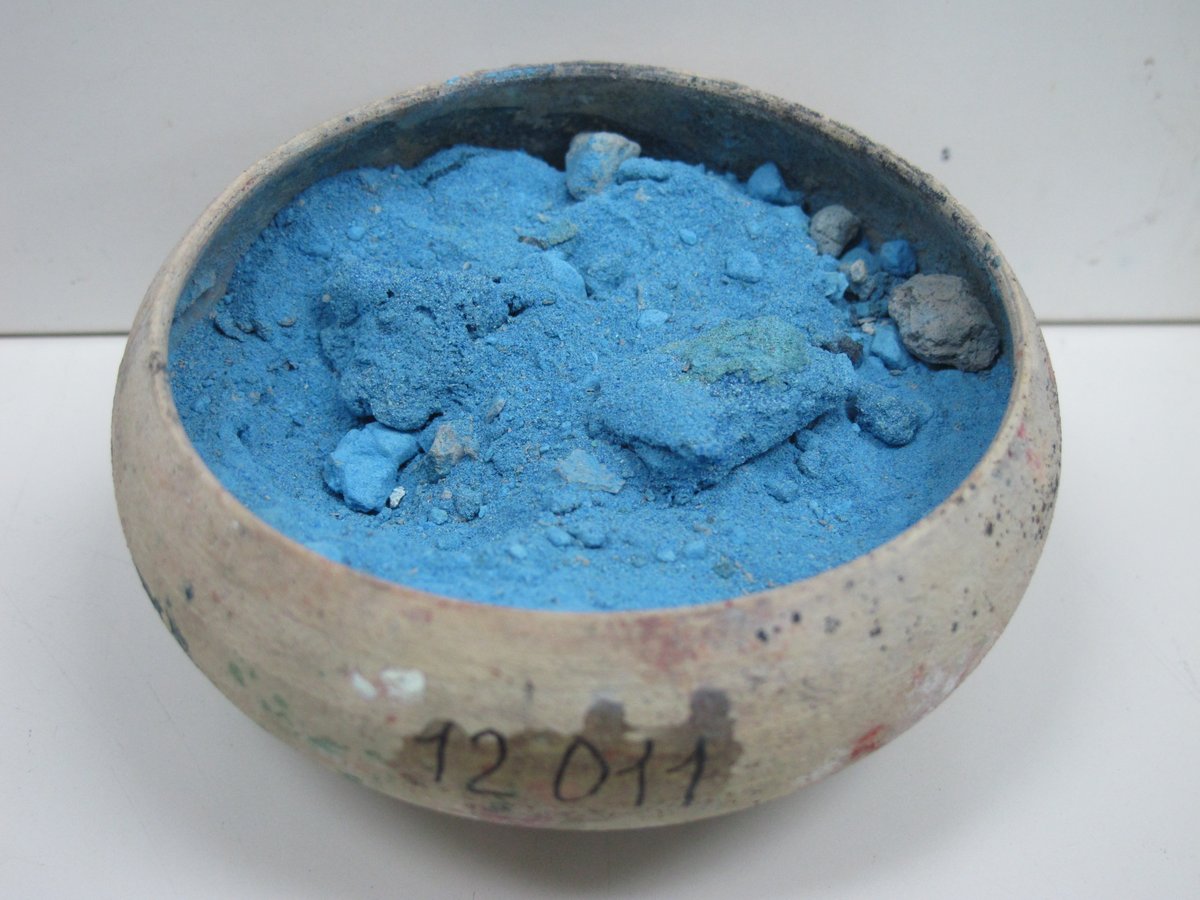
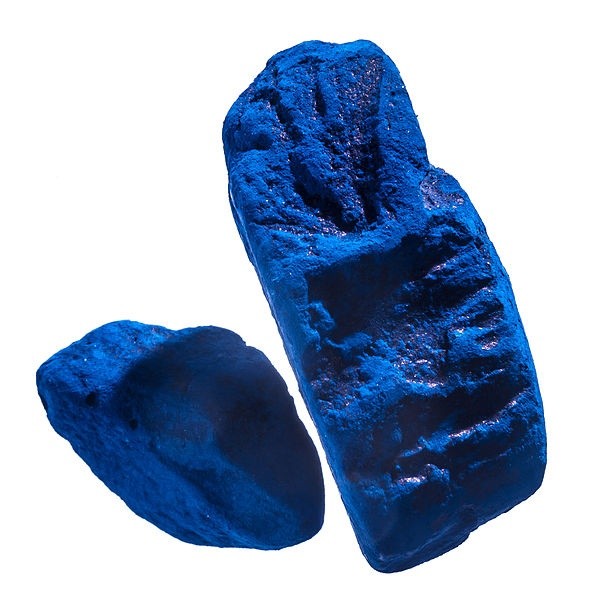
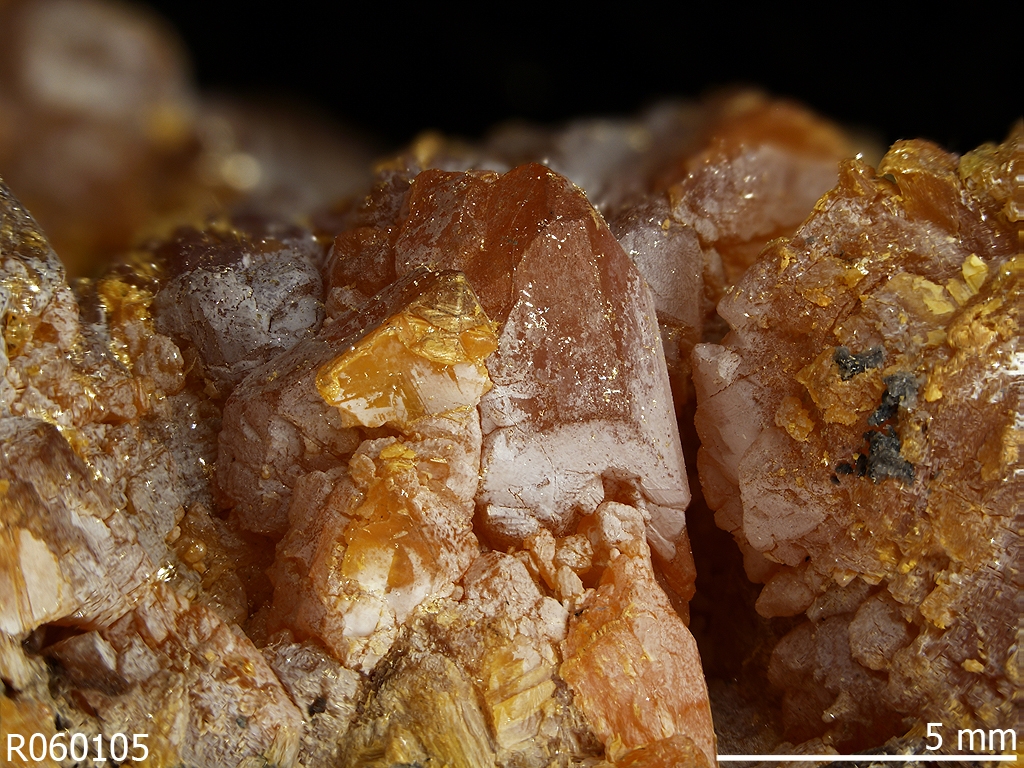
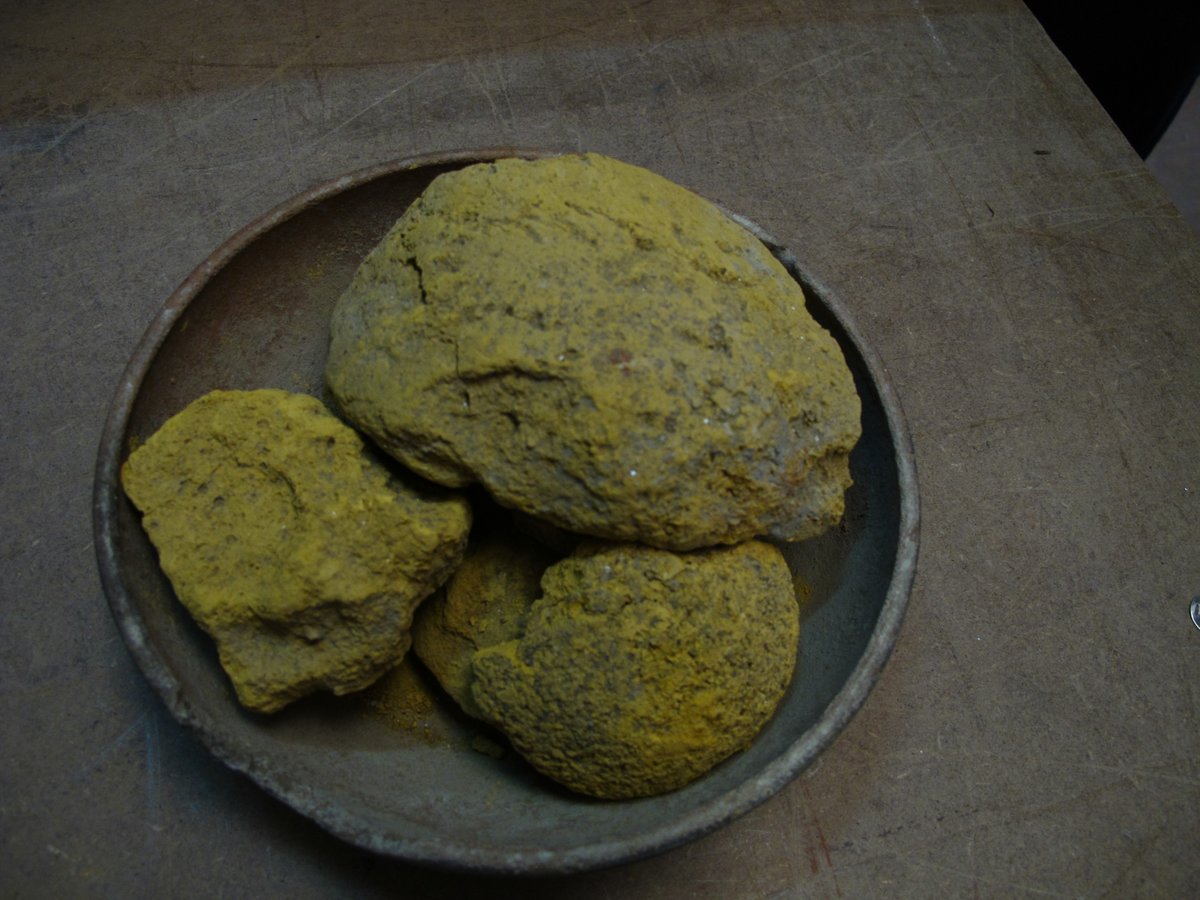
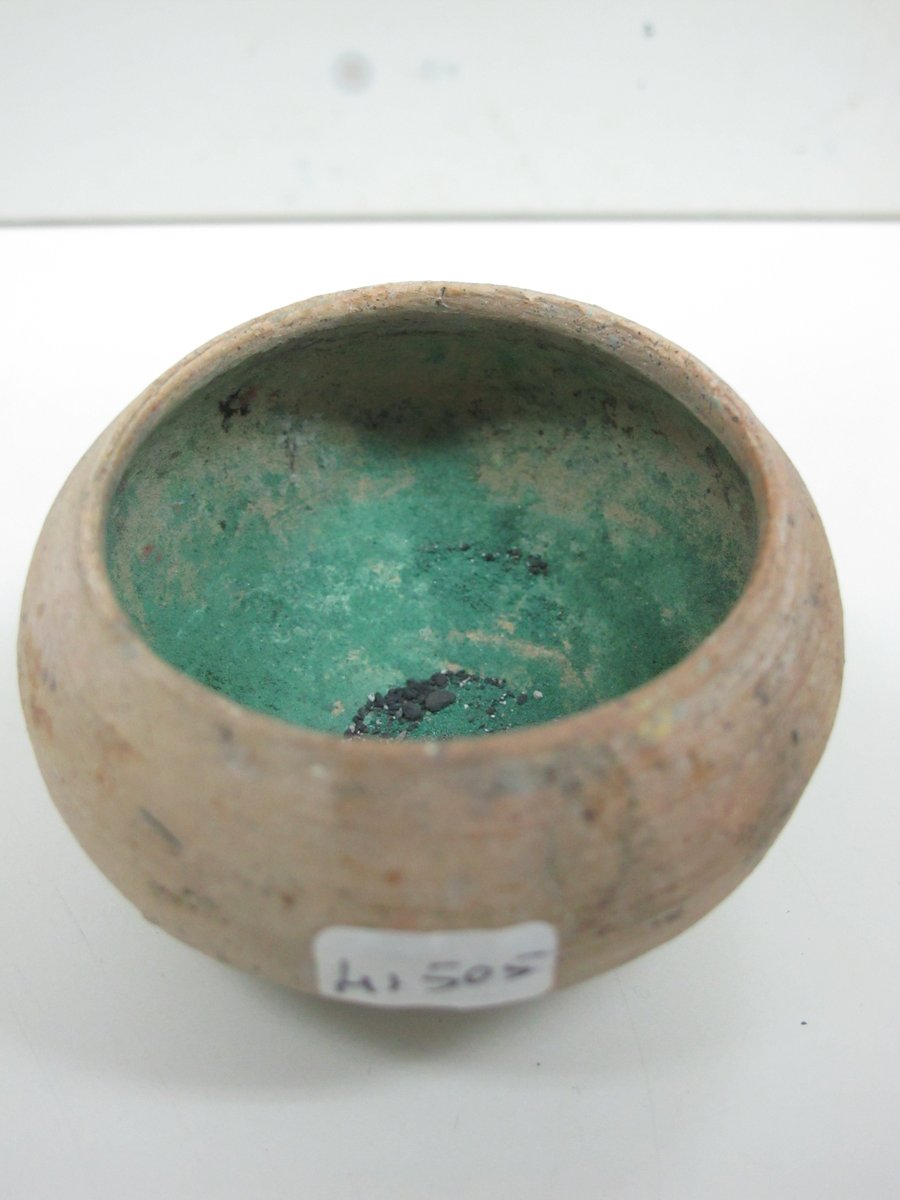
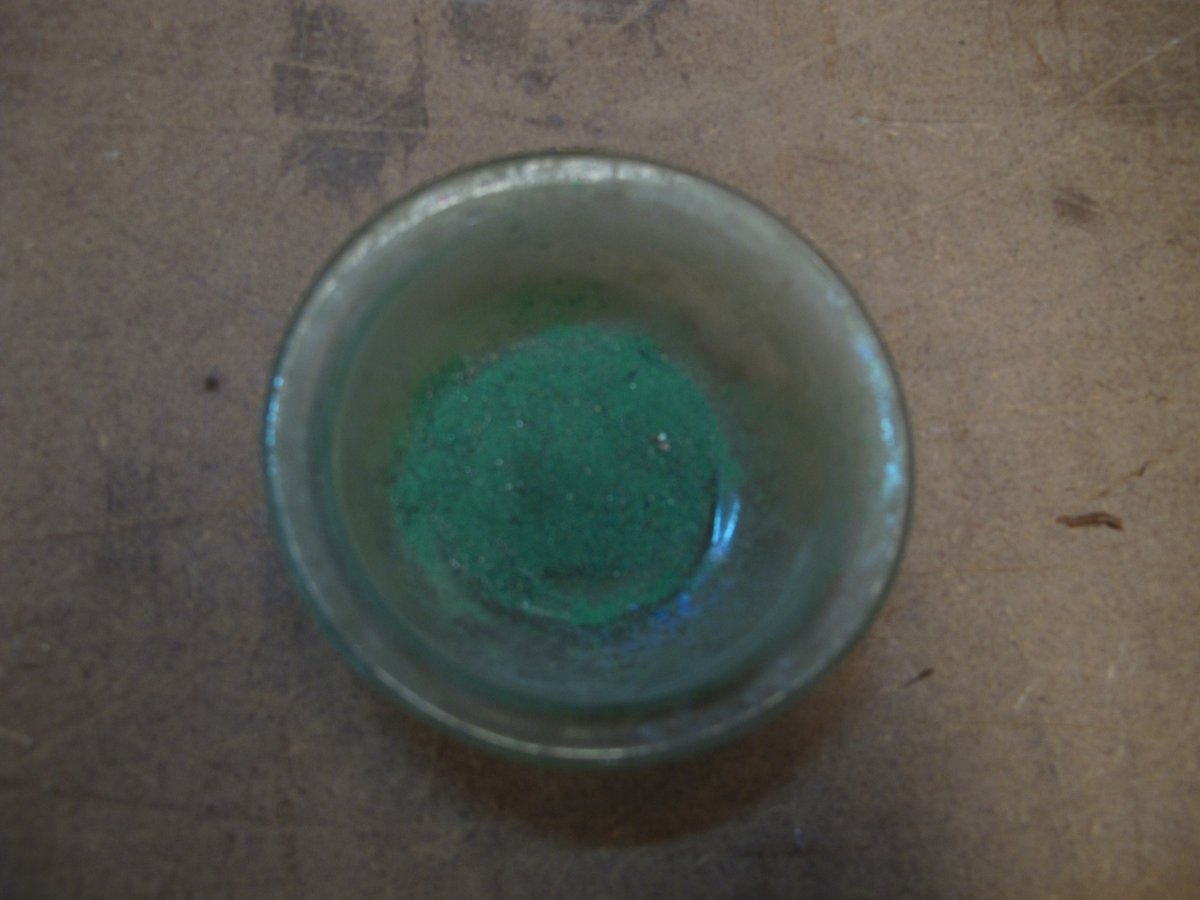
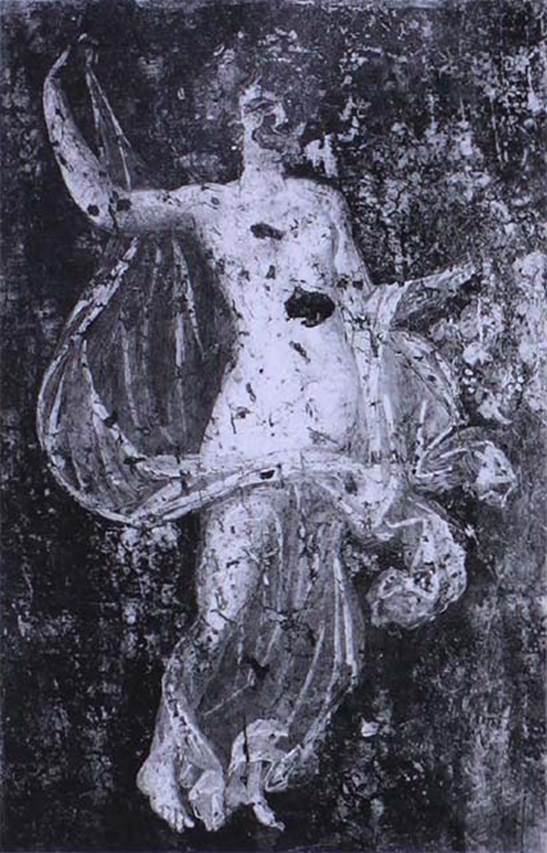
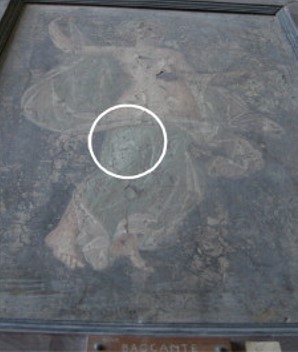
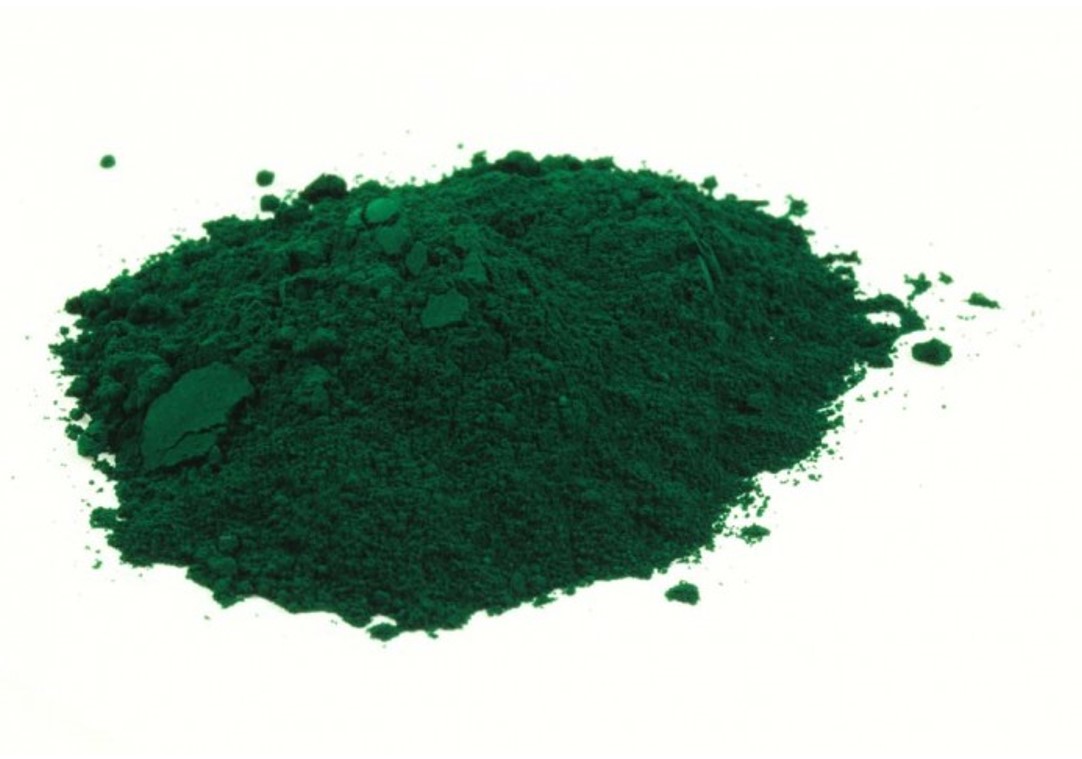
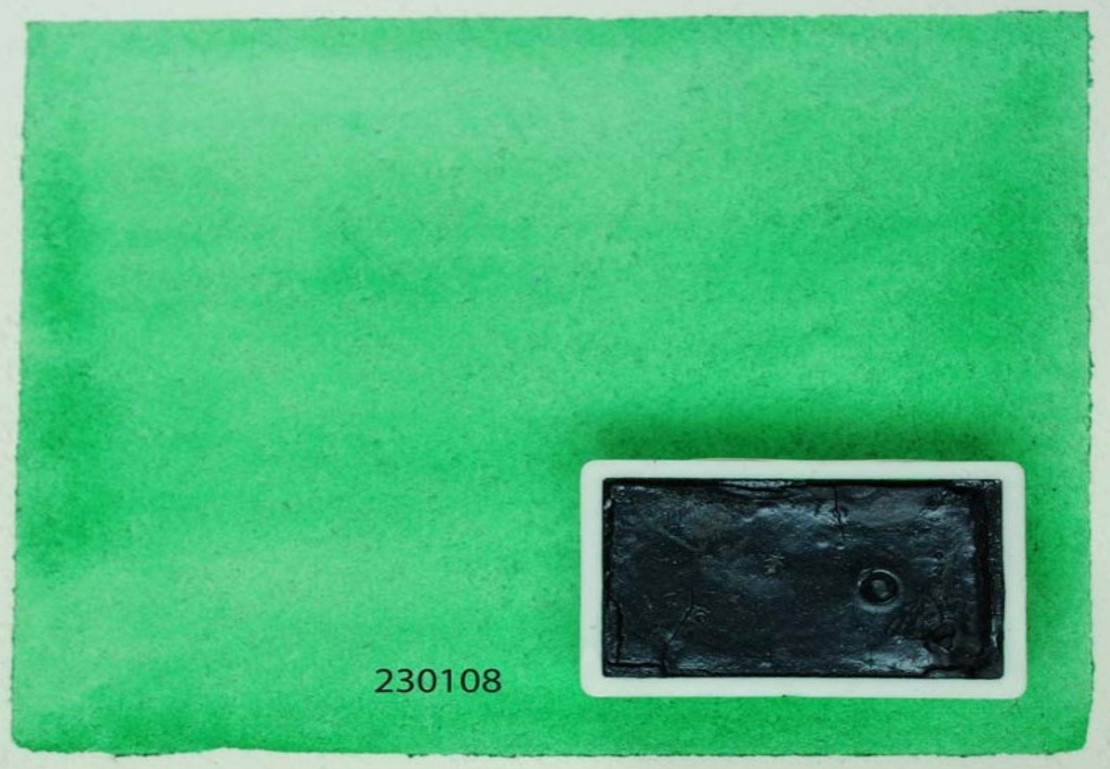


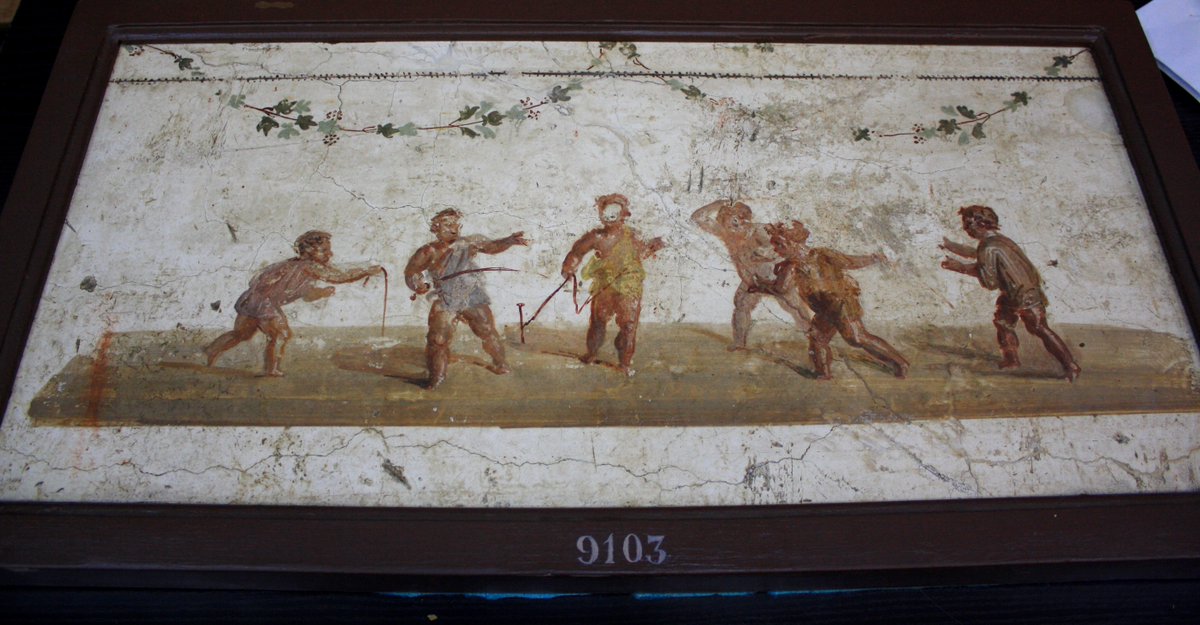
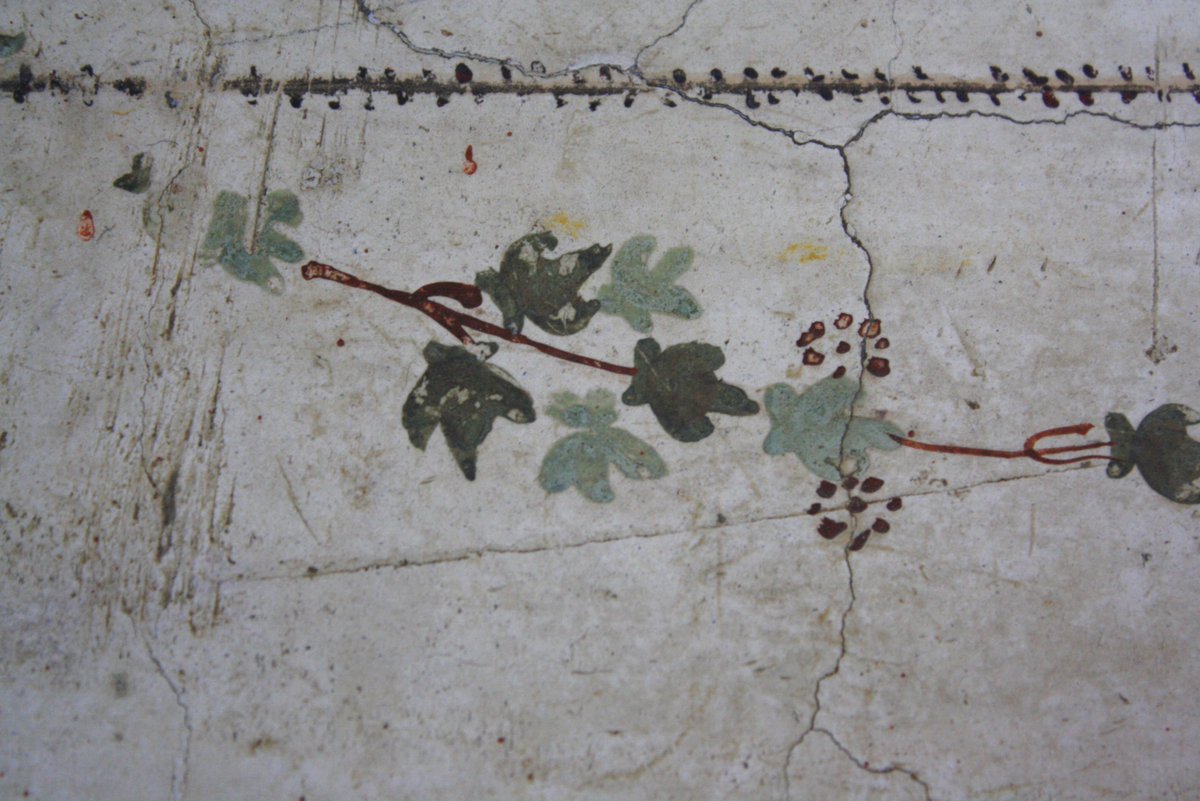
sciencedirect.com/science/articl…
Regarding the Book of Kells, in which vergaut was used: onlinelibrary.wiley.com/doi/abs/10.100…
On the panels of the House of Marcus Lucretius, conserved at @MANNApoli: pubmed.ncbi.nlm.nih.gov/26767639/
















Keep Current with κιννάβαρι
This Thread may be Removed Anytime!
Twitter may remove this content at anytime, convert it as a PDF, save and print for later use!

1) Follow Thread Reader App on Twitter so you can easily mention us!
2) Go to a Twitter thread (series of Tweets by the same owner) and mention us with a keyword "unroll"
@threadreaderapp unroll
You can practice here first or read more on our help page!